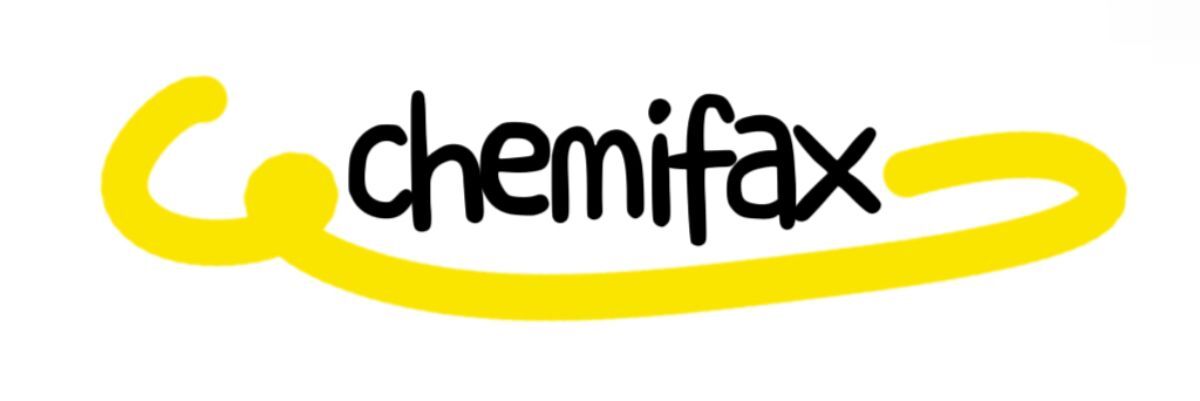Sodium Deoxycholate vs. Traditional Lipoma Treatments: Which Works Better?
Nov. 24, 2024
# Sodium Deoxycholate vs. Traditional Lipoma Treatments: Which Works Better?
When it comes to managing lipomas, the benign tumors composed of fat tissue, patients often seek out effective treatment options. Among the various methods available, sodium deoxycholate has emerged as a notable contender when compared to traditional lipoma treatments like surgical excision and liposuction. This article delves into the functions, advantages, disadvantages, user experiences, and pricing of both sodium deoxycholate and traditional methods, offering insights into which may be the better option for individuals considering treatment.
### Overview of Sodium Deoxycholate.
Sodium deoxycholate is an injectable medication that breaks down fat cells in targeted areas. It works by disrupting cell membranes, leading to the destruction of fat cells, which are then metabolized and eliminated by the body. This treatment is particularly appealing for those looking to avoid invasive procedures while addressing unwanted lipomas.
**Key Functions:**.
- **Fat Dissolution:** Effectively targets and reduces localized fat deposits.
- **Non-Invasive:** Administered via injection, minimizing downtime compared to surgical options.
- **Convenience:** Typically involves multiple sessions but can often be done in a doctor’s office.
### Traditional Lipoma Treatments.
The most common traditional methods for treating lipomas include surgical excision and liposuction. Surgical excision is a procedure where the lipoma is completely removed, while liposuction involves suctioning out of the fatty tissue without traditional cutting.
**Key Functions:**.
- **Complete Removal:** Surgical excision ensures complete extraction of the lipoma, reducing chances of recurrence.
- **Immediate Results:** Patients can see significant results immediately after the surgical procedure.
- **Versatile Application:** Liposuction can be applied to various areas of the body where fat deposits occur.
### Advantages and Disadvantages.
#### Sodium Deoxycholate.
**Advantages:**.
- **Minimally Invasive:** Fewer risks compared to surgery, with minimal scarring.
- **Lower Recovery Time:** Patients can often resume daily activities much faster than after surgery.
- **Reduced Hospital Visits:** Administered in an outpatient setting.
**Disadvantages:**.
- **Multiple Sessions Required:** Most patients may require several treatments to achieve desired results.
- **Variable Results:** Effectiveness can differ from person to person.
- **Possible Side Effects:** Some users report swelling, bruising, or discomfort at the injection site.
#### Traditional Treatments.
**Advantages:**.
- **Immediate and Dramatic Results:** Patients typically experience instant removal of the lipoma.
- **Low Recurrence Rate:** Surgical methods often prevent the return of lipomas.
- **Established Procedure:** Many practitioners are familiar with these approaches, ensuring experienced care.
**Disadvantages:**.
- **Invasive Nature:** Surgery comes with risks such as infections and prolonged recovery.
- **Higher Cost:** Surgical treatments can be significantly more expensive, including both procedure and post-operative care costs.
- **Possible Scarring:** Surgical excisions can leave visible scars depending on the size and location of the lipoma.
### User Experiences.
Those who have opted for sodium deoxycholate report a generally positive experience, appreciating the non-invasive nature of the treatment. Patients often mention the slight discomfort associated with injections but value the absence of downtime. Many have noted that, while results may take time to manifest, the gradual reduction of lipomas offers a more natural and less alarming approach to treatment.
In contrast, individuals who have undergone traditional surgical excision highlight the immediate visibility of results, but some express concern over recovery time and scarring. Many are content with the outcome but advise prospective patients to consider their tolerance for cosmetic outcomes and recovery periods.
### Pricing and Cost-Effectiveness.
Sodium deoxycholate treatments are generally more affordable than traditional surgical options. Prices for a single treatment session can range between $500 to $1,500, depending on location and provider. For those on a budget or preferring less invasive methods, the overall cost-effectiveness may be advantageous, especially considering the lack of recovery time.
Conversely, surgical excision can cost between $2,000 and $5,000 or more depending on the size of the lipoma and surgical complexity. The potential need for follow-up visits or complications can further increase expenses.
### Conclusion.
When comparing sodium deoxycholate to traditional lipoma treatments, the choice largely hinges on individual preferences and circumstances. Sodium deoxycholate offers a non-invasive alternative with minimal downtime while traditional methods provide immediate and conclusive results. By weighing the functions, pros, cons, user experiences, and pricing, patients can make an informed decision tailored to their needs. Always consult with a healthcare provider to determine the most appropriate treatment plan based on personal health and lipoma characteristics.
For more Sodium Deoxycholate For Lipoma, Wholesale Berberine Hydrochloride Supplement Powderinformation, please contact us. We will provide professional answers.
77
0
0

Comments
All Comments (0)